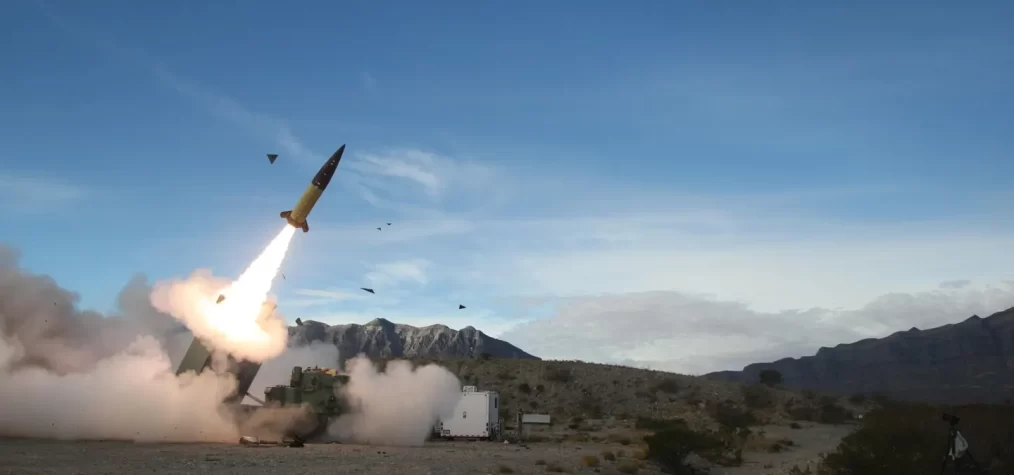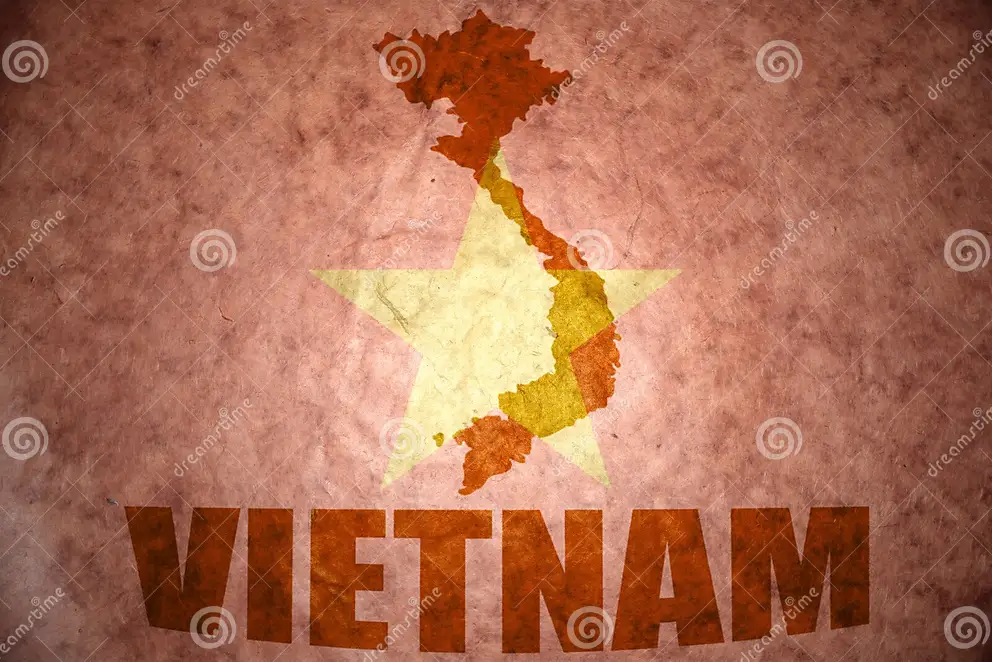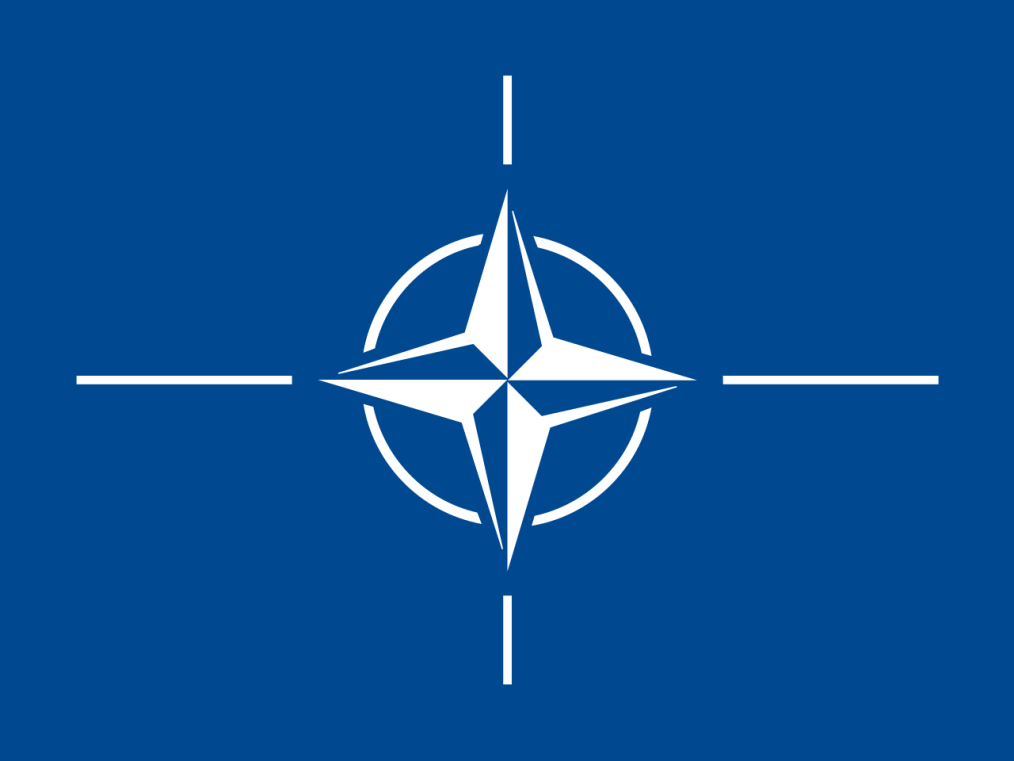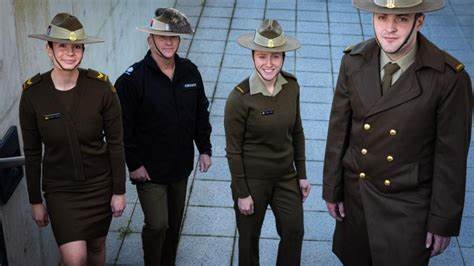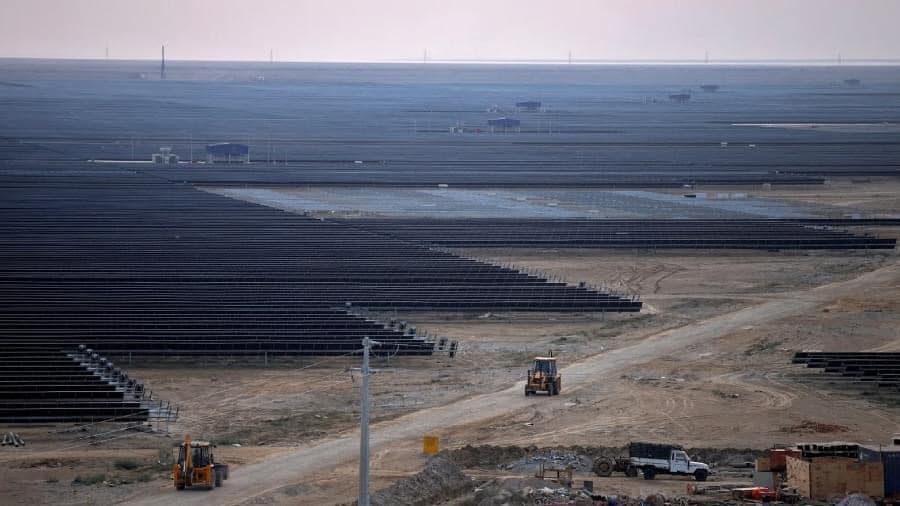UNSW Study Summery
The Australian government is currently evaluating extensive renewable waste management systems to support the country’s transition to net zero emissions. A spokesperson for the Department of Climate Change, Energy, the Environment, and Water (DCCEEW) stated that in October 2022, state environment ministers advocated for solutions under the National Waste Policy Action Plan. Goals include achieving an 80% recovery rate from all waste streams and significantly increasing the use of recycled materials.
Renewable energy is crucial for Australia’s clean energy transition, yet solar and wind power generate substantial waste, and the country’s waste management infrastructure is limited. Solar panels contain recyclable materials, and some wind turbine manufacturers have initiated plans to enhance sustainability.
Glass, silicone, silver, and other metals can be reclaimed from recycled photovoltaic (PV) panels, and leading wind turbine manufacturers have committed to producing zero-waste turbines by 2050. Some renewable sources, like hydro, do not produce waste.
Solar Disposal
Solar power is a key component of Australia’s strategy to achieve its net zero targets. However, it is projected to generate over 90,000 tonnes of waste by 2025 and potentially around 400,000 tonnes annually by 2030, according to a study by the University of New South Wales (UNSW) commissioned by Neoen Australia. Solar systems undergo inspection before landfill disposal to minimize environmental impact, but panels occupy space and can leach harmful chemicals as they degrade. This concern has led some states, such as Victoria, to ban the landfill disposal of solar energy systems.
Although 85% of solar panel materials are recyclable, Australian companies currently recycle only up to 17% of a panel by weight due to inadequate recycling programs. Commonly recycled components include aluminium frames and plastic junction boxes, while copper wiring is easily recyclable. Batteries and inverters are recyclable through Australia’s existing e-waste systems, but the glass and back sheeting of panels are not recyclable domestically.
High Recycling Costs
The recycling cost for a solar panel in Australia in 2023 ranged between $20 to $30, plus removal fees. “If you have a system of 10 panels on your roof, you’re going to pay at least $200 to dispose of them,” said Rong Deng, a UNSW research fellow. The lower cost of new system production compared to recycling encourages the use of single-use solar panels.
An alternative to disposal is reuse. After their 15 to 20-year lifespan, solar panels can still power off-grid systems like electric bike charging stations. However, some panels are discarded prematurely for newer models. “In the last decade, we’re seeing a growing trend of replacing PV modules even though they are in perfect working condition,” said Richard Corkish, a solar expert at UNSW’s Centre for Advanced Photovoltaics.
Wind Turbine Disposal
Wind turbines are a cost-effective source of clean energy, but they produce significant non-recyclable waste that often ends up in landfills. By 2034, the decommissioning of wind farms in Australia is expected to generate approximately 45,000 tonnes of blade waste, according to the Clean Energy Council. Although around 75% of a wind turbine’s mass is recyclable, a 2022 University of South Australia study estimated that tens of thousands of blades would end up in landfills.
The study highlighted the recycling challenges of turbine blades, which are made of carbon fibre or glass fibre composite materials that are expensive to break down and have minimal market value. “The same features that make these blades cost-effective and reliable for use in commercial wind turbines make them very difficult to recycle in a cost-effective fashion,” said Professor Peter Majewski, who led the study.
Majewski suggested that the cost of sustainable disposal should be integrated into the manufacturing or operating costs of wind turbines, with manufacturers responsible for disposal or end-of-life solutions incorporated into wind farm planning. However, official frameworks are necessary to ensure proper disposal if manufacturers or wind farms go bankrupt.


